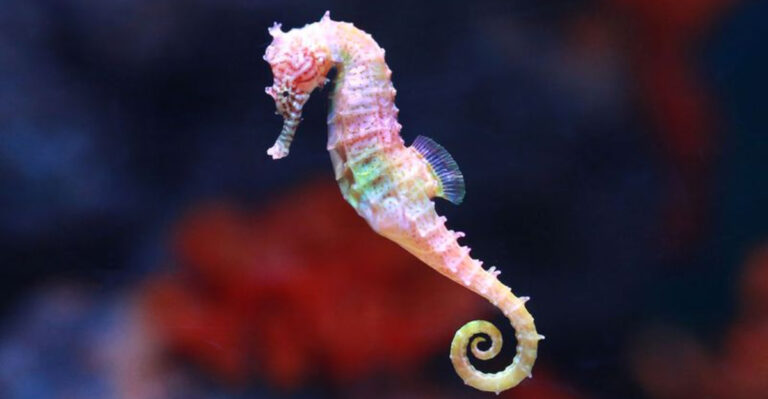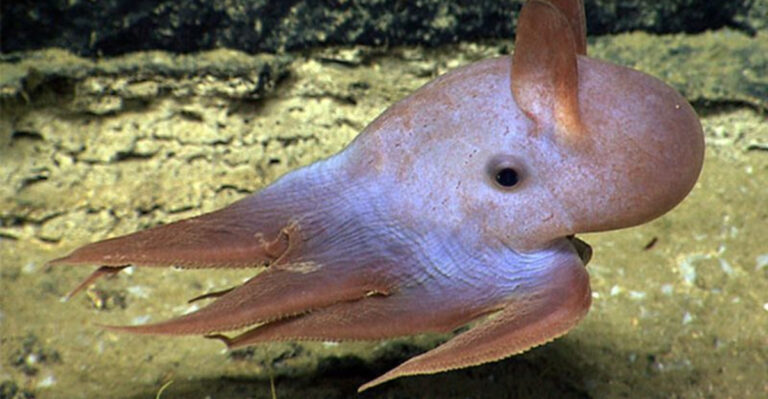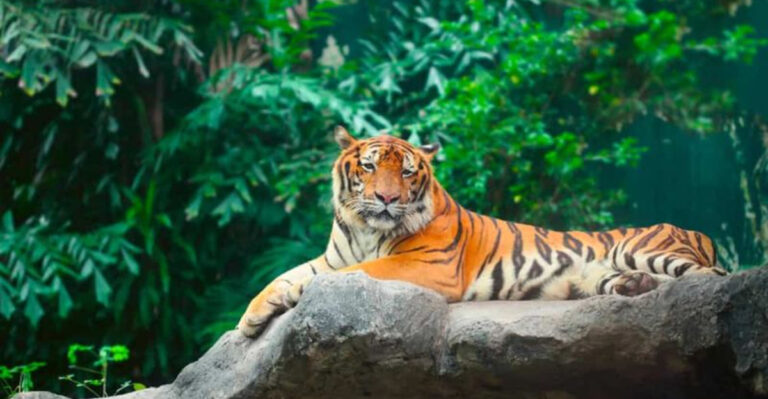10 Dangerous Animals You Could Encounter Right In Your Backyard And 5 That Pose No Threat
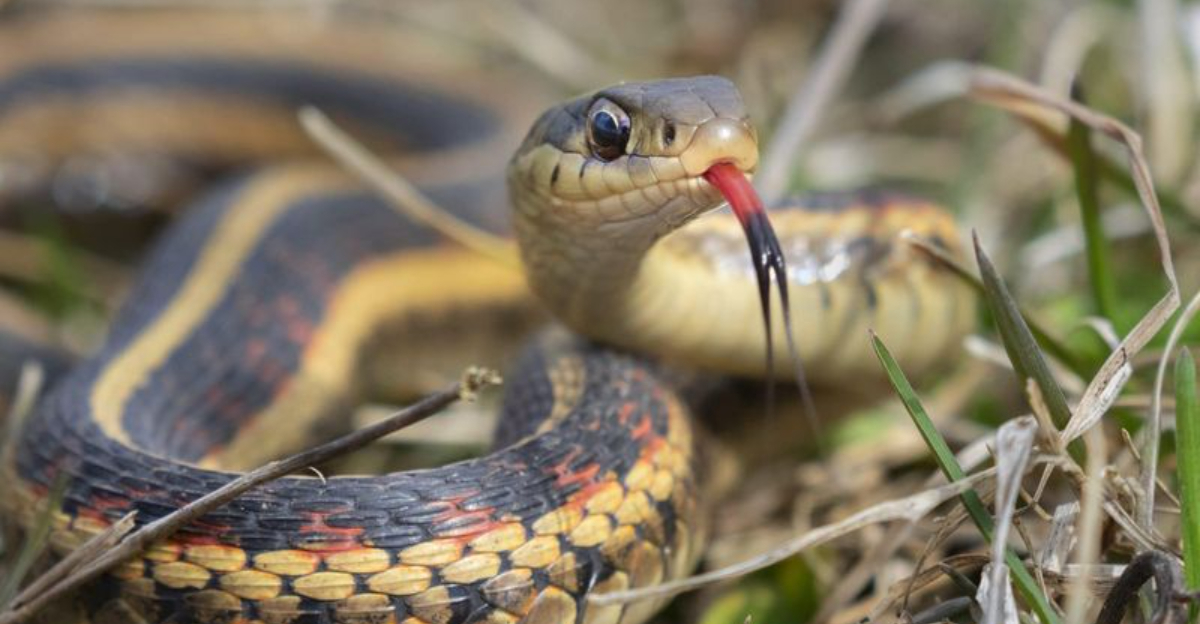
Ever wonder what critters might be lurking just beyond your patio doors? Your backyard isn’t just your personal oasis – it’s also home to various wildlife that could pose dangers or live harmlessly alongside you.
Understanding which animals might harm you and which are just passing through can help keep your outdoor adventures safe and worry-free.
1. Silent Stalkers: Black Widow Spiders
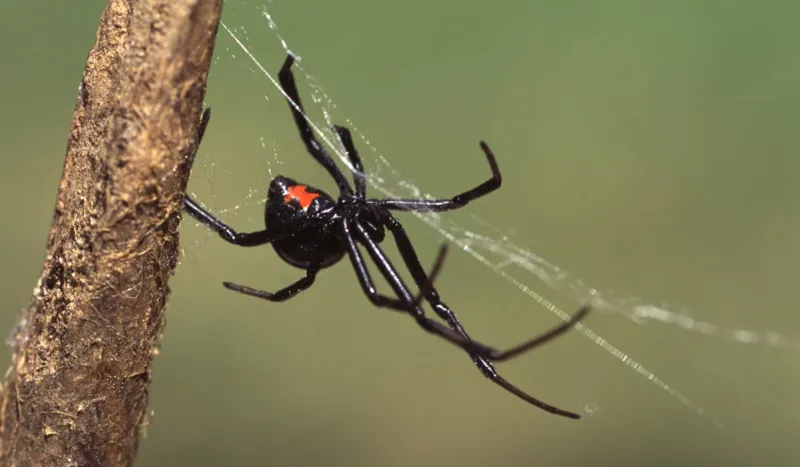
That glossy black body with the telltale red hourglass isn’t just for show. These eight-legged neighbors pack venom 15 times stronger than a rattlesnake’s!
Often hiding in woodpiles, garden gloves, or under deck furniture, they prefer to mind their business until disturbed. Their bite can cause intense pain, muscle cramps, and in rare cases, serious complications.
2. Buzzing Bullies: Yellow Jackets
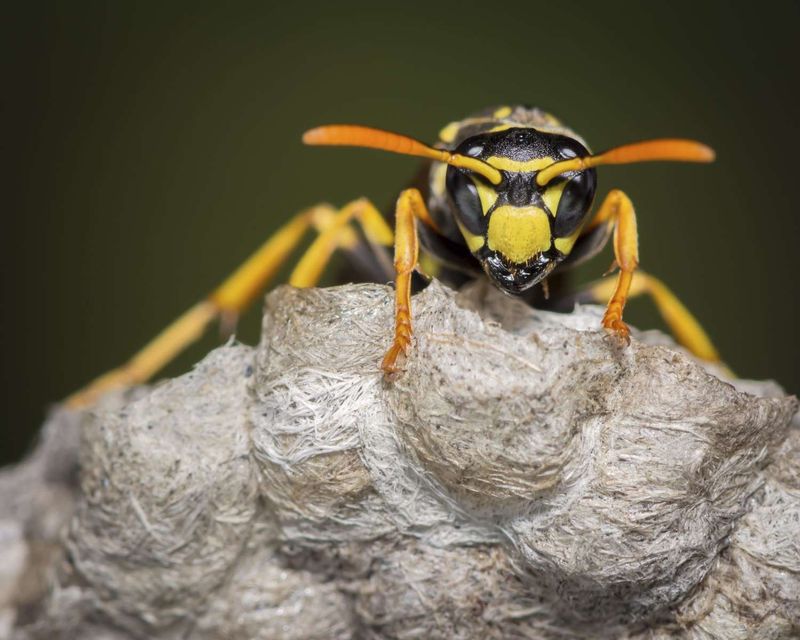
Unlike their bee cousins who sting once and call it quits, these striped terrorists can stab you repeatedly! Yellow jackets build hidden nests in ground holes, wall voids, or hanging from eaves.
They’re particularly aggressive in late summer when colony numbers peak. For most folks, stings mean temporary pain, but for the allergic, they can trigger life-threatening reactions requiring immediate medical attention.
3. Slithering Surprises: Copperheads
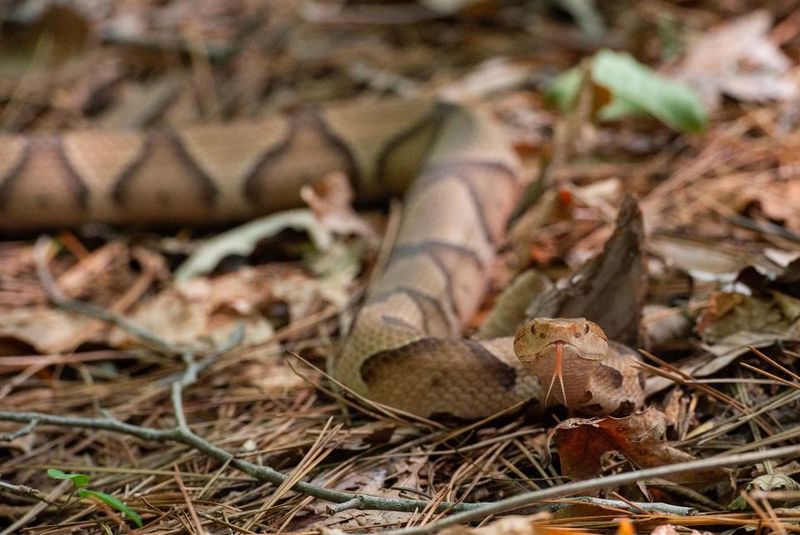
Masters of camouflage, these venomous snakes blend perfectly with fallen leaves and mulch. Their hourglass-shaped brown bands create nature’s perfect disguise in your garden beds.
Unlike rattlesnakes, copperheads give no warning before striking. While rarely fatal, their bites cause intense tissue damage and excruciating pain. They’re most active during warm evenings when you’re enjoying that twilight gardening session.
4. Midnight Marauders: Raccoons

Those adorable masked faces hide a potential danger most homeowners overlook. Beyond tipping trash cans, raccoons can carry rabies without showing symptoms for weeks.
Their dexterous paws can pry open doors and windows with surprising skill. If cornered or protecting young, they’ll fight fiercely with sharp teeth and claws. Never approach one that appears unusually friendly or active during daylight hours.
5. Tiny Terrors: Brown Recluse Spiders
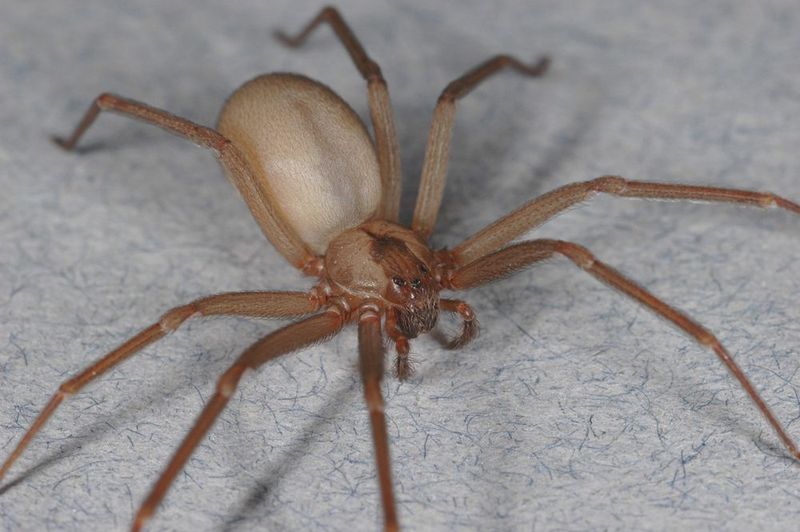
Smaller than a quarter but packing a powerful punch! The violin-shaped marking on their back isn’t nearly as concerning as what their bite can do to human tissue.
These shy arachnids hide in cardboard boxes, seldom-worn shoes, and garden storage areas. Their venom contains an enzyme that destroys surrounding cells, potentially creating a slowly expanding ulcer that’s difficult to heal and may require surgical intervention.
6. Territorial Defenders: Fire Ants
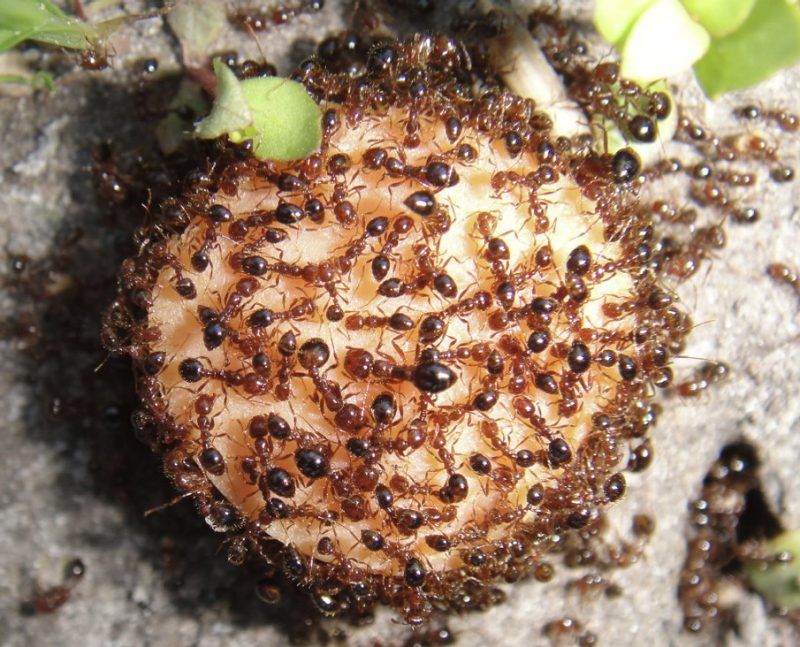
What these tiny warriors lack in size, they make up for in sheer numbers and coordinated attacks! Disturb their mound, and hundreds will swarm up your legs in seconds.
Each ant grabs skin with its jaws, then pivots its body to inject venom multiple times in a circular pattern. The burning sensation gives them their name, while the resulting pustules can become infected if scratched. Some people experience severe allergic reactions requiring emergency care.
7. Stealthy Strikers: Ticks
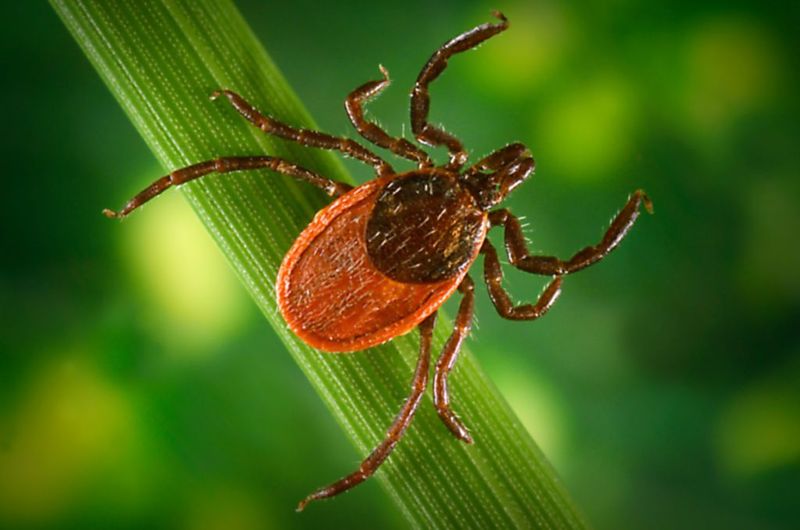
Barely visible but potentially devastating to your health! These bloodsuckers lurk in tall grass and leaf litter, waiting to hitch a ride on your ankle or pet’s fur.
Beyond the creepy factor of finding one embedded in your skin, ticks transmit serious diseases like Lyme, Rocky Mountain spotted fever, and alpha-gal syndrome. The latter can trigger a bizarre, life-changing meat allergy that develops weeks after the bite.
8. Nighttime Nuisances: Coyotes
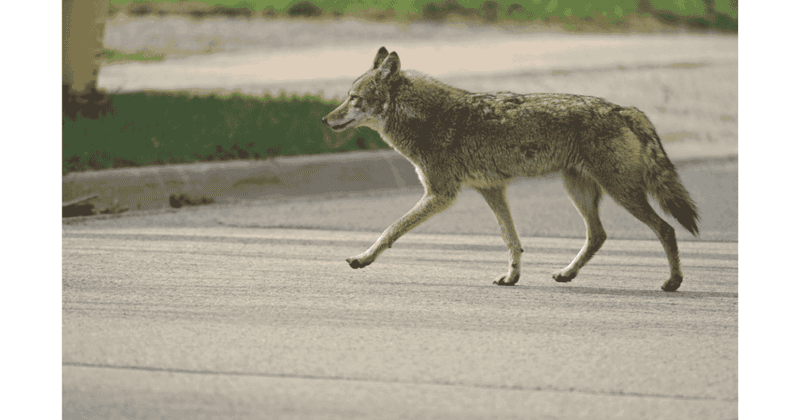
Urban sprawl has turned these adaptable predators into your neighbors! While typically wary of humans, coyotes growing comfortable around people pose risks, especially to pets and small children.
They’re masterful opportunists, learning your routine and striking when least expected. Attacks on adults remain rare, but incidents increase yearly as coyotes lose their natural fear. Their presence requires vigilance during early morning and evening hours.
9. Bold Intruders: Wild Boars
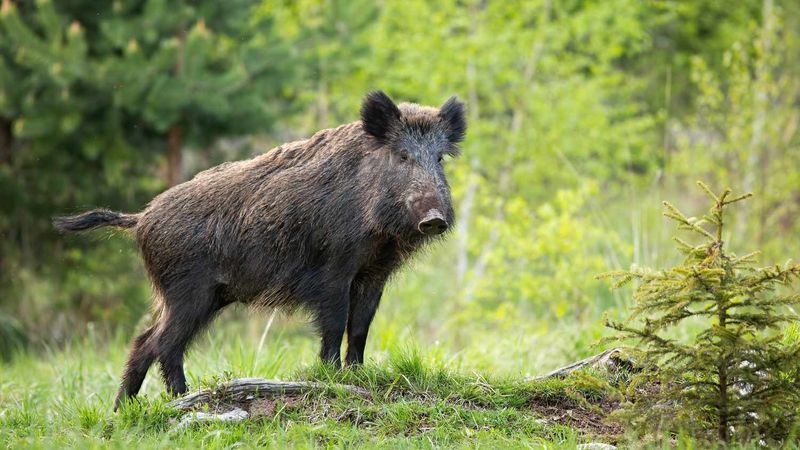
Once mostly rural, wild boars are now encroaching into suburban neighborhoods in search of food. These muscular, tusked animals can weigh over 300 pounds and charge when startled or threatened. Their digging and rooting behavior tears up gardens, lawns, and even irrigation systems overnight.
Though attacks on humans are rare, they can be severe due to the boar’s strength, speed, and unpredictable aggression.
10. Fierce Defenders: Paper Wasps
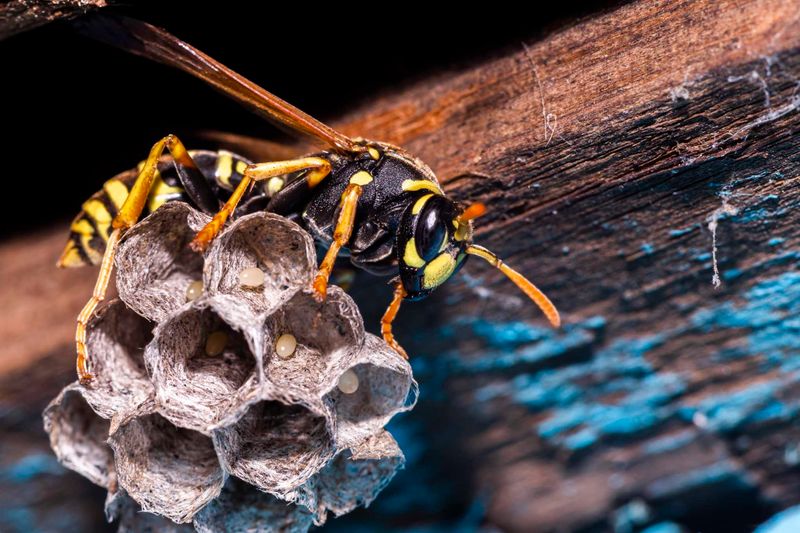
Those umbrella-shaped nests under your eaves house some seriously protective parents! Unlike yellow jackets, paper wasps build open-comb nests where you can actually see the insects at work.
They’re less aggressive than their ground-dwelling cousins but will fiercely defend their nursery if threatened. Their stings contain more venom per volume than honey bees, causing intense, radiating pain. Removing nests requires proper timing and protection.
11. Gentle Giants: Garter Snakes
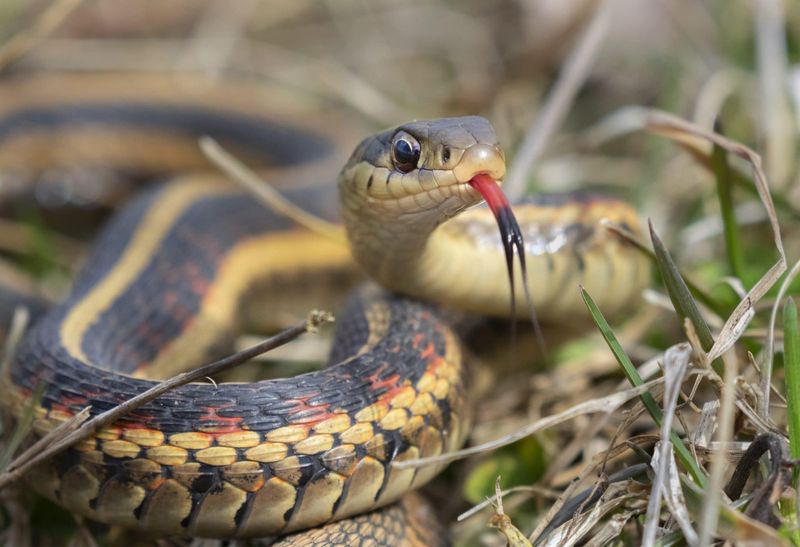
Despite triggering fear in many gardeners, these slender reptiles with distinctive stripes are actually your allies against garden pests! They feast on slugs, grubs, and rodents that damage your plants.
While they can release a musky odor when handled and may give a harmless nip if frightened, their bite contains no venom dangerous to humans. These beneficial reptiles help maintain the ecological balance right in your backyard.
12. Misunderstood Munchers: Opossums
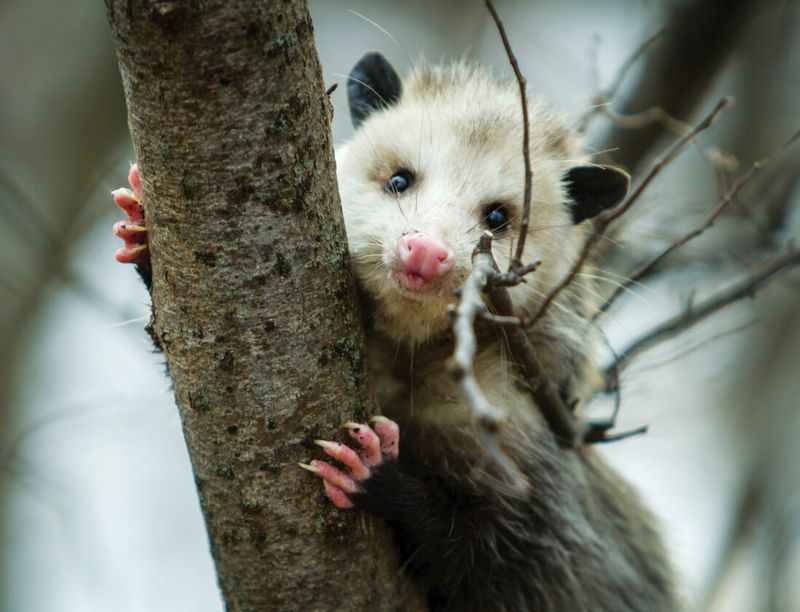
With their pointy teeth and rat-like tails, these nocturnal visitors might seem threatening, but they’re actually nature’s cleanup crew! Their body temperature is too low to harbor rabies effectively, making them one of the safest wild mammals.
Opossums devour thousands of ticks yearly and help control rodent populations. That famous “playing dead” act isn’t an act at all – it’s an involuntary stress response when they feel threatened.
13. Garden Guardians: Praying Mantises
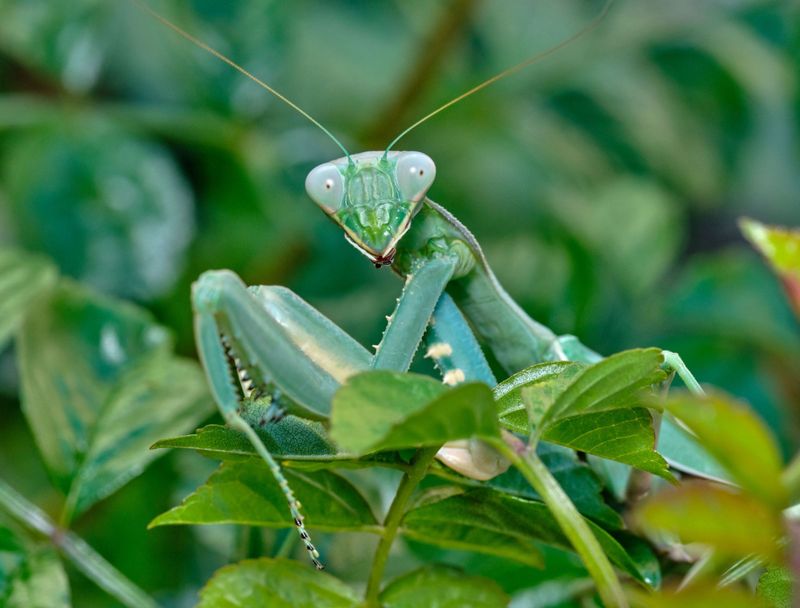
Those alien-looking eyes might seem unsettling, but these remarkable insects are completely harmless to humans while being lethal assassins to garden pests!
With lightning-fast strikes, mantises capture flies, mosquitoes, and even wasps. Some gardeners actually purchase mantis egg cases to release as natural pest control. Despite rumors, they don’t cause blindness or have any venomous capabilities toward people.
14. Winged Wonders: Hummingbirds
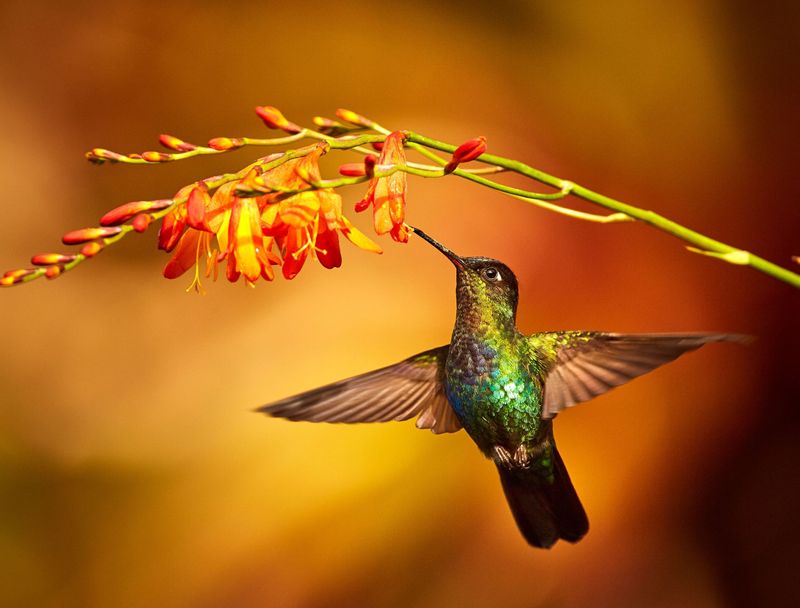
These iridescent aerial acrobats might buzz your head like tiny helicopters, but they’re only interested in your flowers, not you! Their needle-like beaks are perfect for sipping nectar, not stabbing humans.
Despite their aggressive territorial displays toward other hummingbirds, they pose zero threat to people. In fact, they’re beneficial pollinators that help your garden thrive while providing magical moments of natural beauty right in your own backyard.
15. Nighttime Navigators: Little Brown Bats
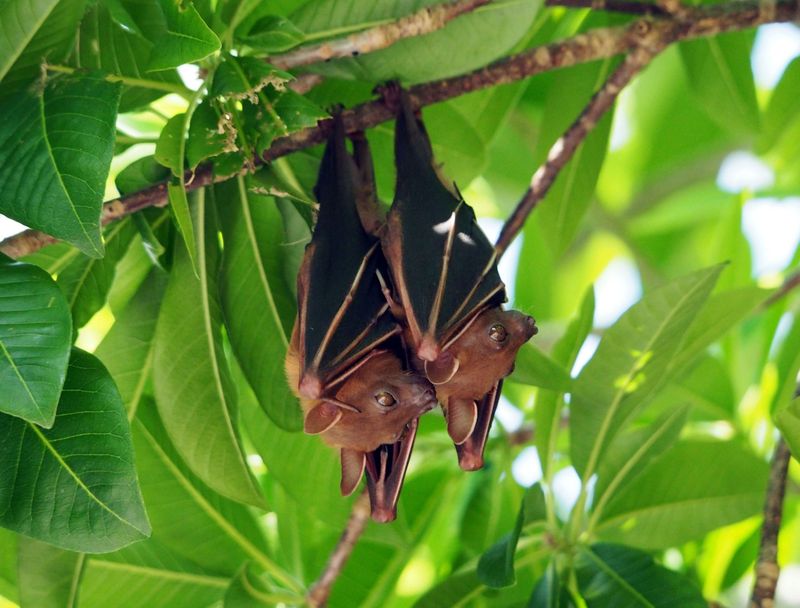
Forget the spooky stories – these flying mammals are your mosquito-eating allies! A single bat can devour up to 1,000 mosquitoes hourly, providing natural pest control while you sleep.
Contrary to popular belief, they don’t get tangled in hair or attack people. Healthy bats avoid human contact entirely. While they can carry rabies like any mammal, actual transmission to humans is extremely rare compared to their tremendous ecological benefits.


